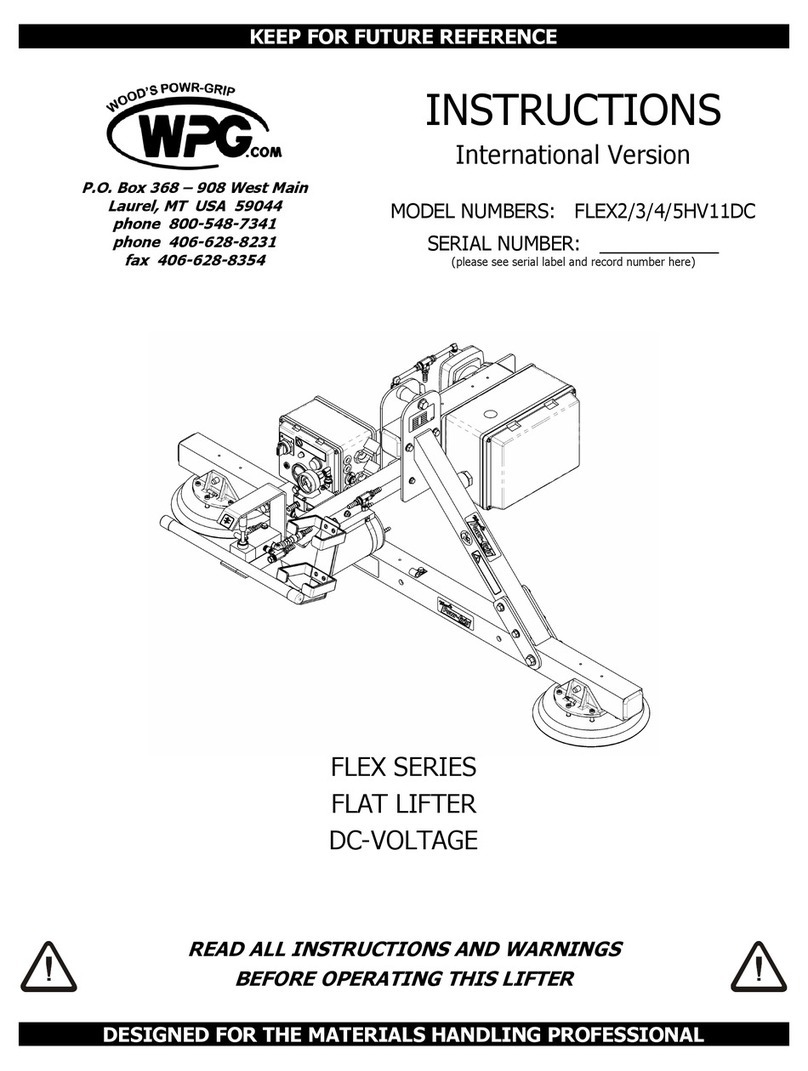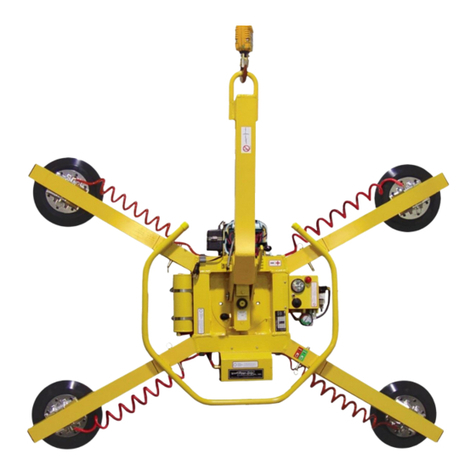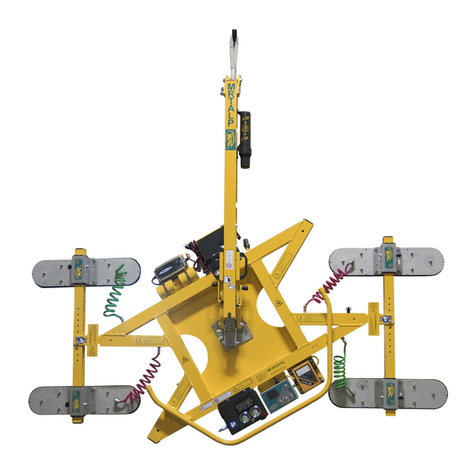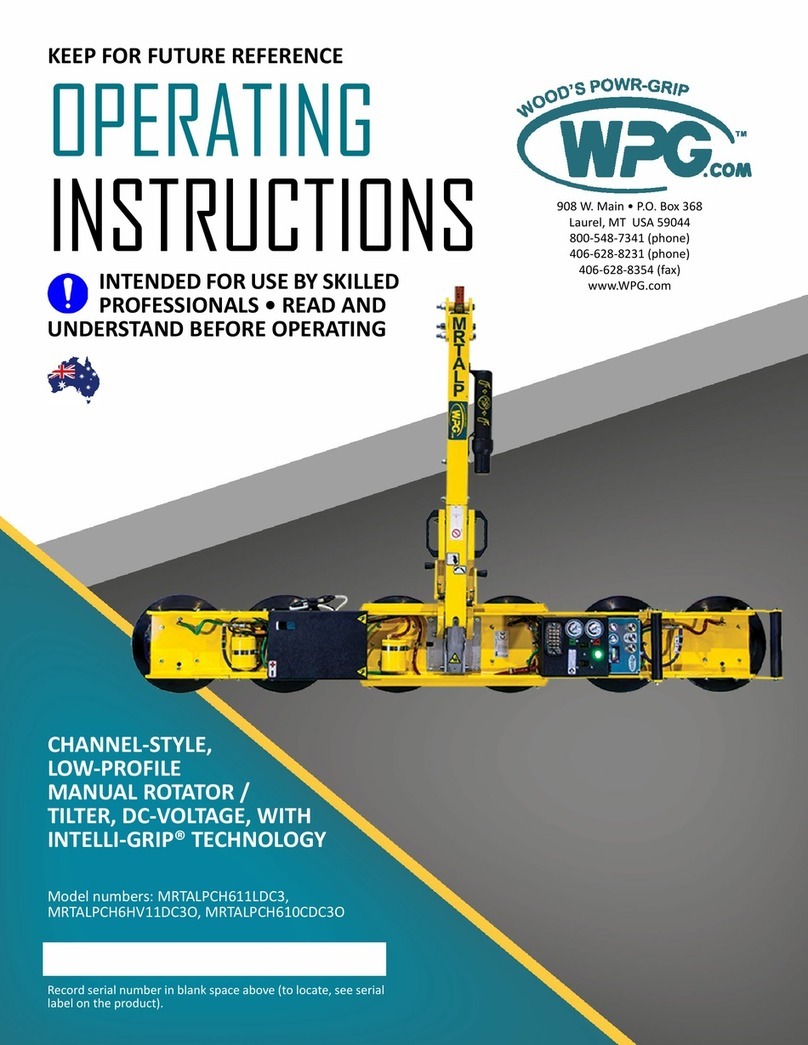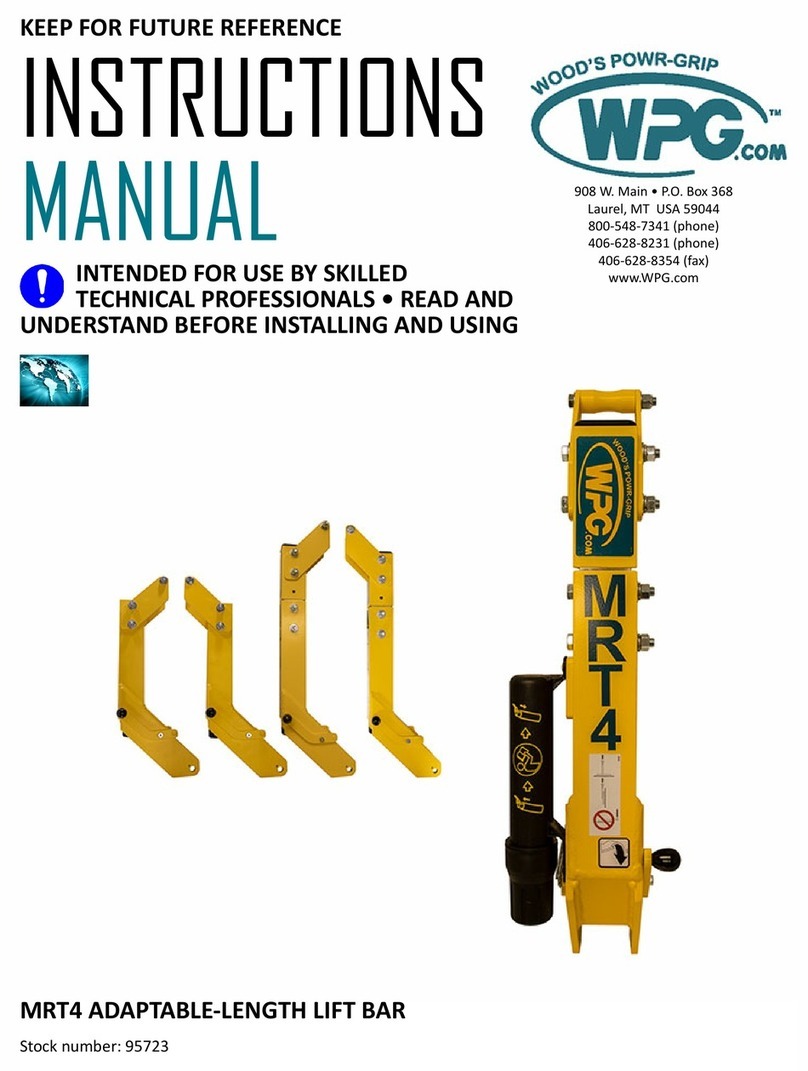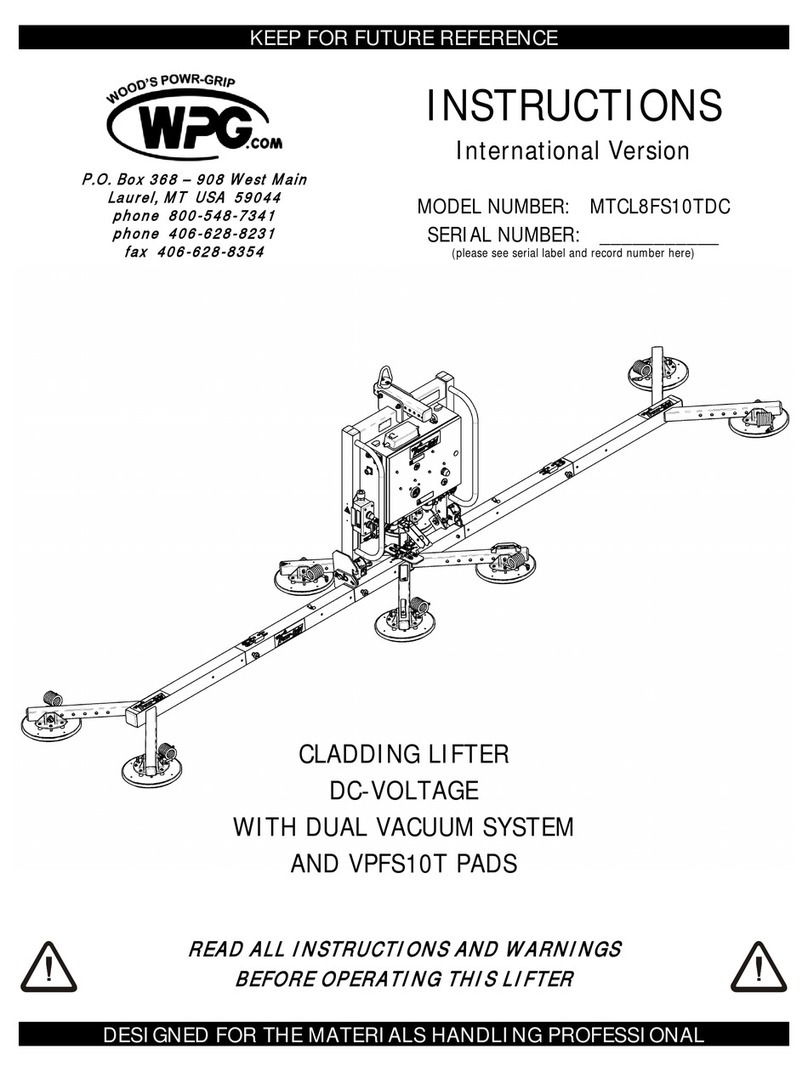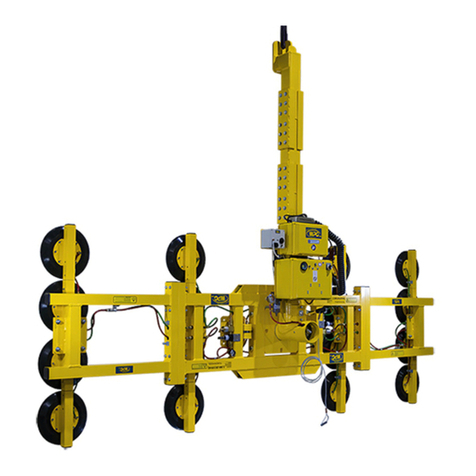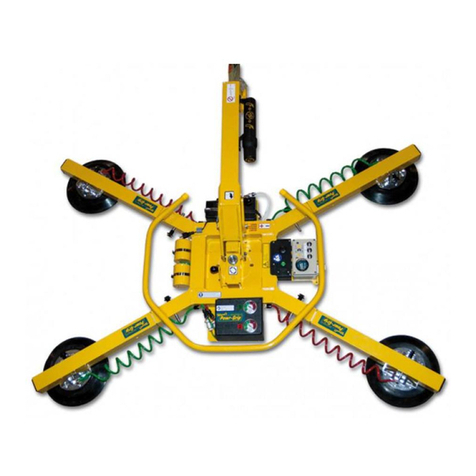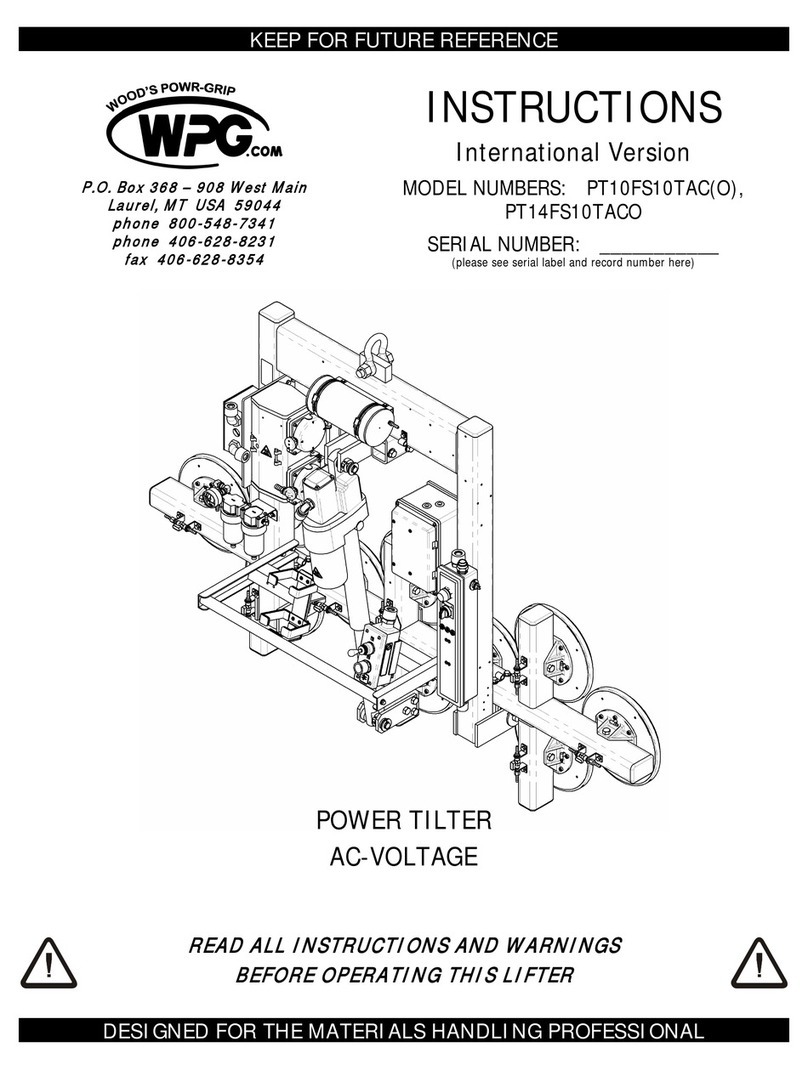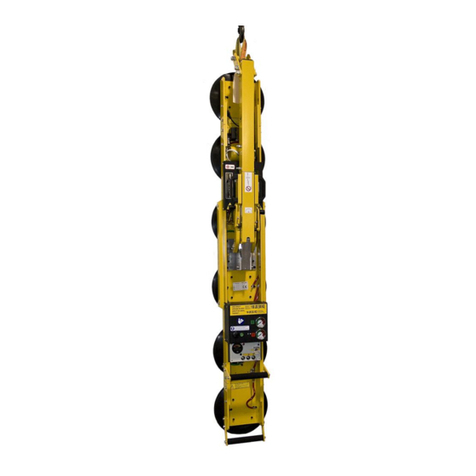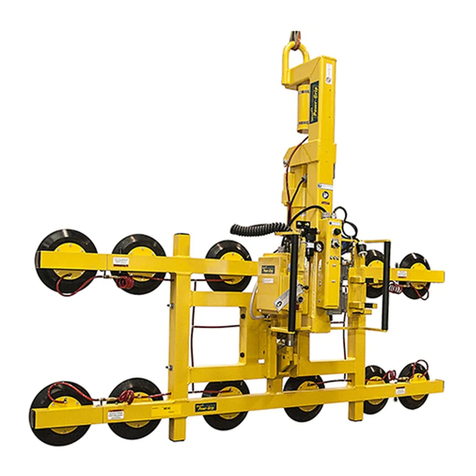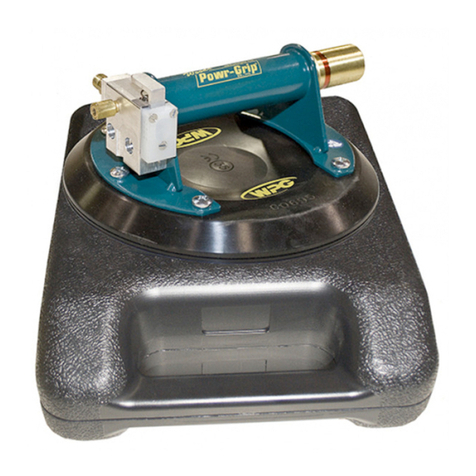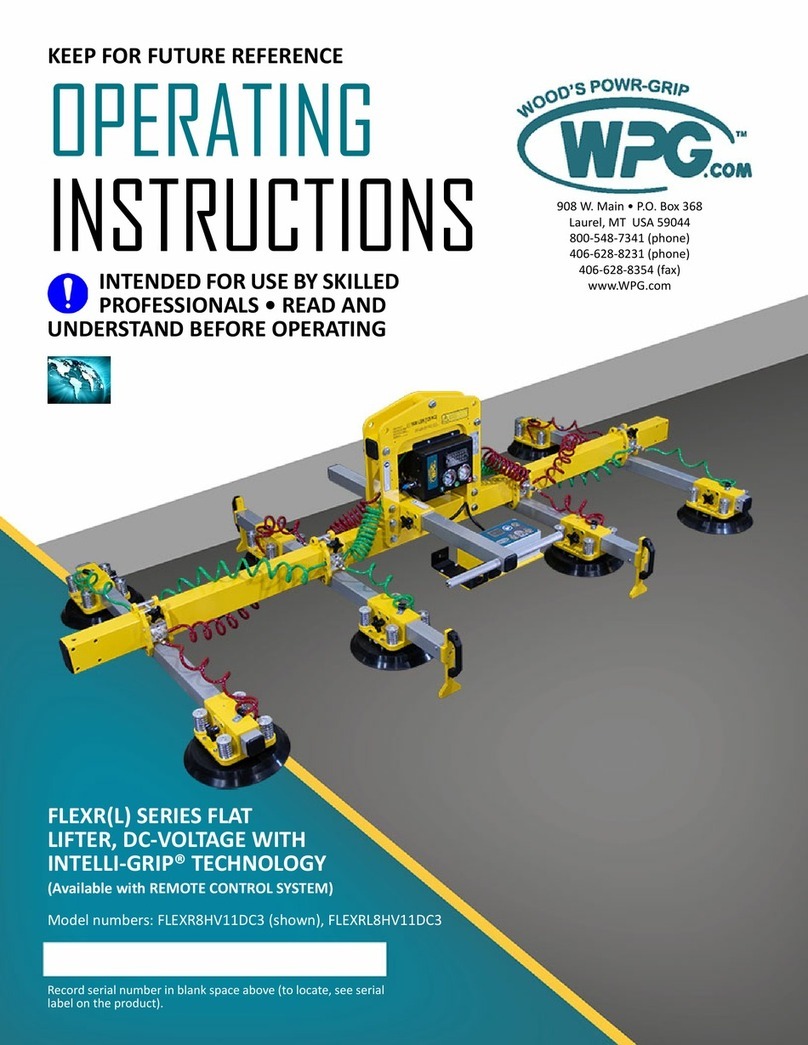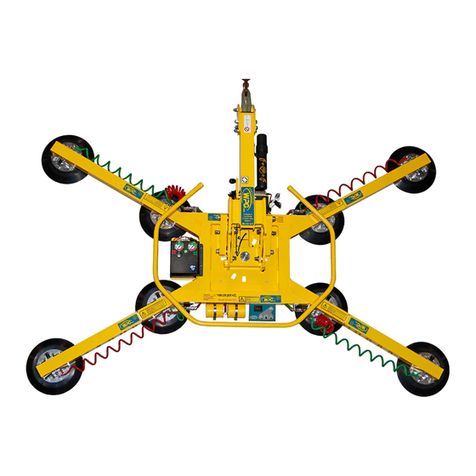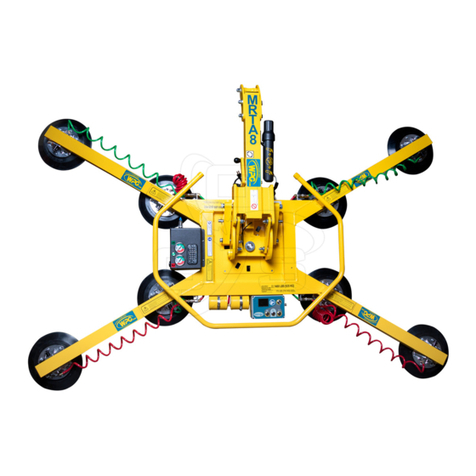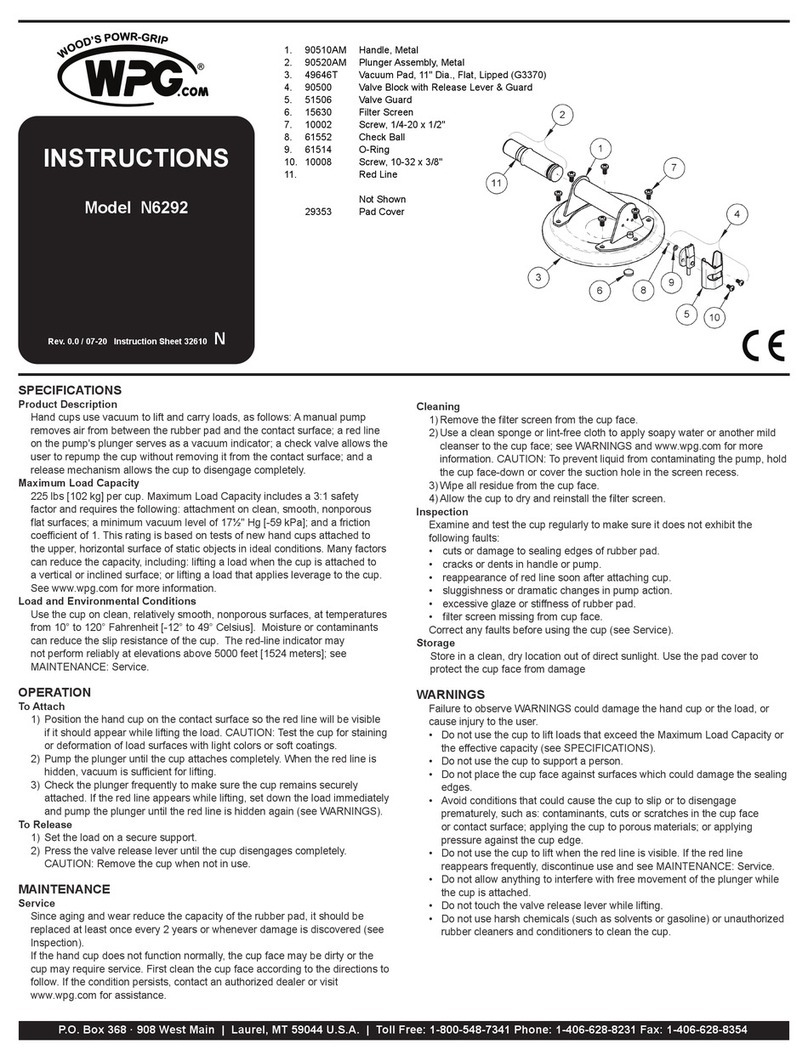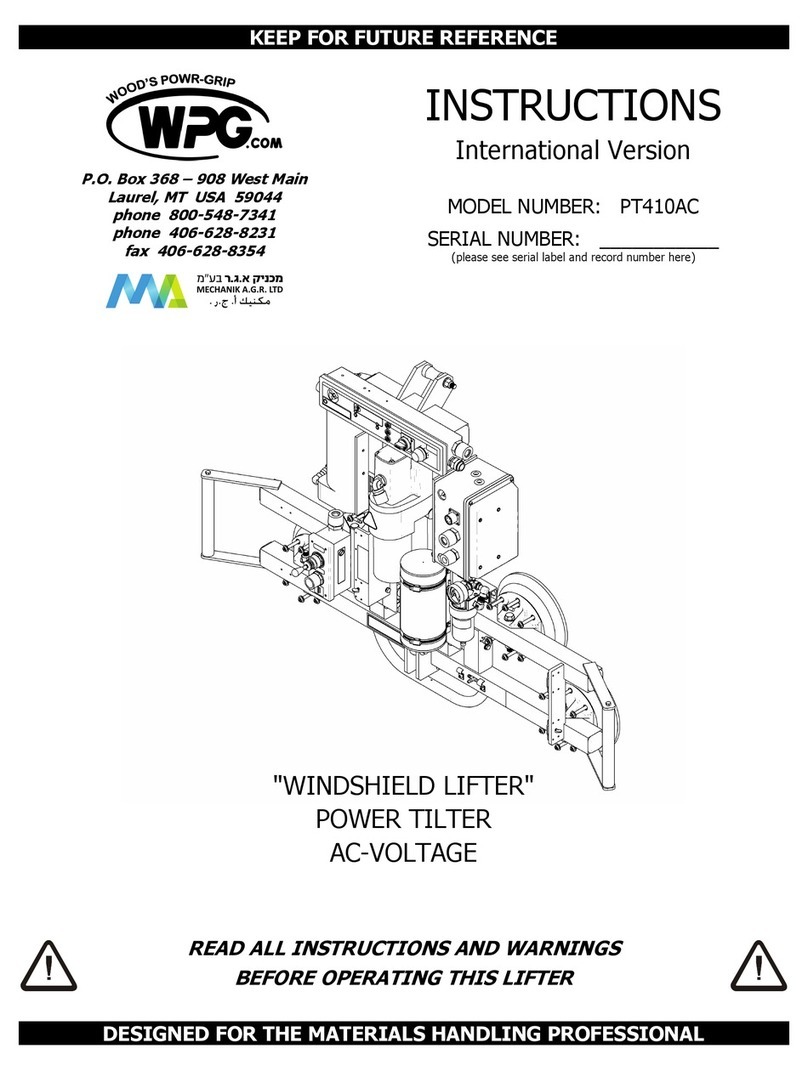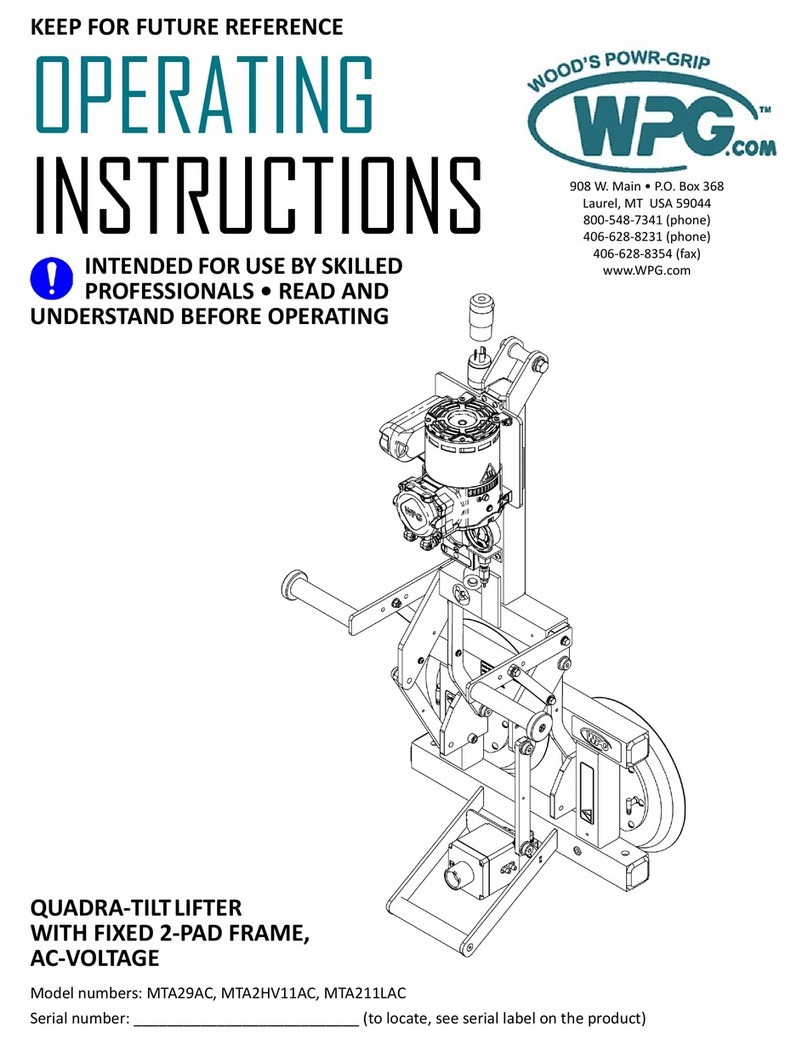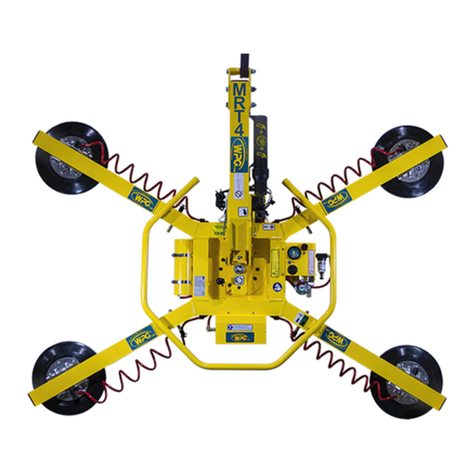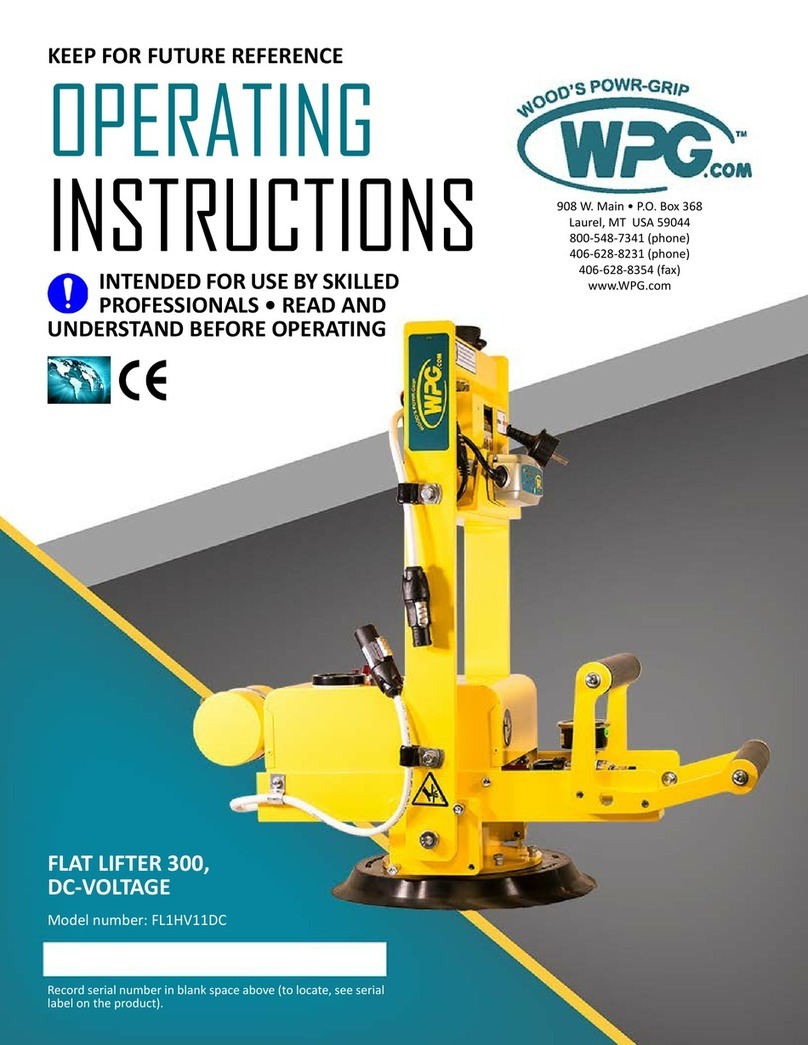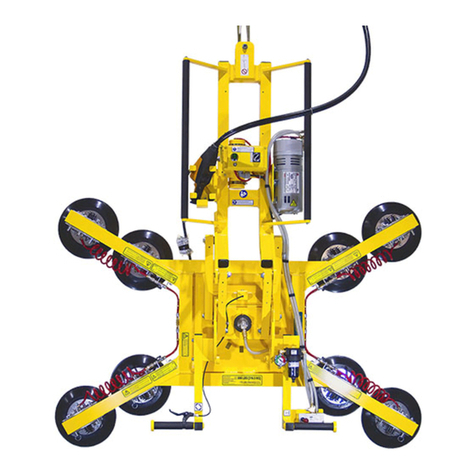
Rev 19.3/9-18 1 VL411LDC: #35162
TABLE OF CONTENTS
TABLE OF CONTENTS ...................................................................................................... 1
SPECIFICATIONS............................................................................................................ 3
WARNINGS ..................................................................................................................... 4
OPERATING FEATURES................................................................................................... 5
ASSEMBLY....................................................................................................................... 6
INTENDED USE ............................................................................................................... 7
LOAD CHARACTERISTICS ................................................................................................... 7
OPERATING ENVIRONMENT ................................................................................................ 8
DISPOSAL OF THE LIFTER................................................................................................... 8
OPERATION .................................................................................................................... 9
BEFORE USING THE LIFTER ................................................................................................ 9
Taking Safety Precautions ............................................................................................................................9
Performing Inspections and Tests .................................................................................................................9
TO APPLY THE PADS TO A LOAD ........................................................................................ 10
Positioning the Lifter on the Load ...............................................................................................................10
Sealing the Pads against the Load...............................................................................................................10
Reading the Vacuum Gauge .......................................................................................................................11
Vacuum Level on Optimal Surfaces .............................................................................................................11
Vacuum Level on Other Surfaces ................................................................................................................11
TO LIFT AND MOVE THE LOAD........................................................................................... 12
Load Capacity and the Warning Light ..........................................................................................................12
Monitoring Vacuum Indicators ....................................................................................................................12
Monitoring the Low Vacuum Warning Buzzer (if applicable) ..........................................................................12
Controlling the Lifter and Load....................................................................................................................13
In Case of Power Failure ............................................................................................................................13
TO RELEASE THE PADS FROM THE LOAD.............................................................................. 13
AFTER USING THE LIFTER ................................................................................................ 14
Storing the Lifter........................................................................................................................................14
MAINTENANCE.............................................................................................................. 15
INSPECTION SCHEDULE ................................................................................................... 15
Every-Lift Inspection ..................................................................................................................................15
Frequent Inspection ...................................................................................................................................15
Periodic Inspection ....................................................................................................................................15
Infrequent Use ..........................................................................................................................................16
TESTING SCHEDULE ........................................................................................................ 16
Operational Tests.......................................................................................................................................16
Load Test ..................................................................................................................................................16
MAINTENANCE SCHEDULE ................................................................................................ 17
BATTERY TEST ............................................................................................................... 17












